Summary
- DMs should host a session 0 to set expectations for the one-on-one campaign and propose themes.
- It would be wise to consider granting character creation bonuses for a one-on-one game.
- Starting the player at a higher level can prevent later frustrations and improve one’s chance of survival.
Dungeons and Dragons more often than not brings a group of four or more friends together around a table or in a Discord voice call to enter into a world of fantasy, myth, and monsters. The game is perfect for a group of people, as it makes combat more fair and throws more voices into the mix for role-play.
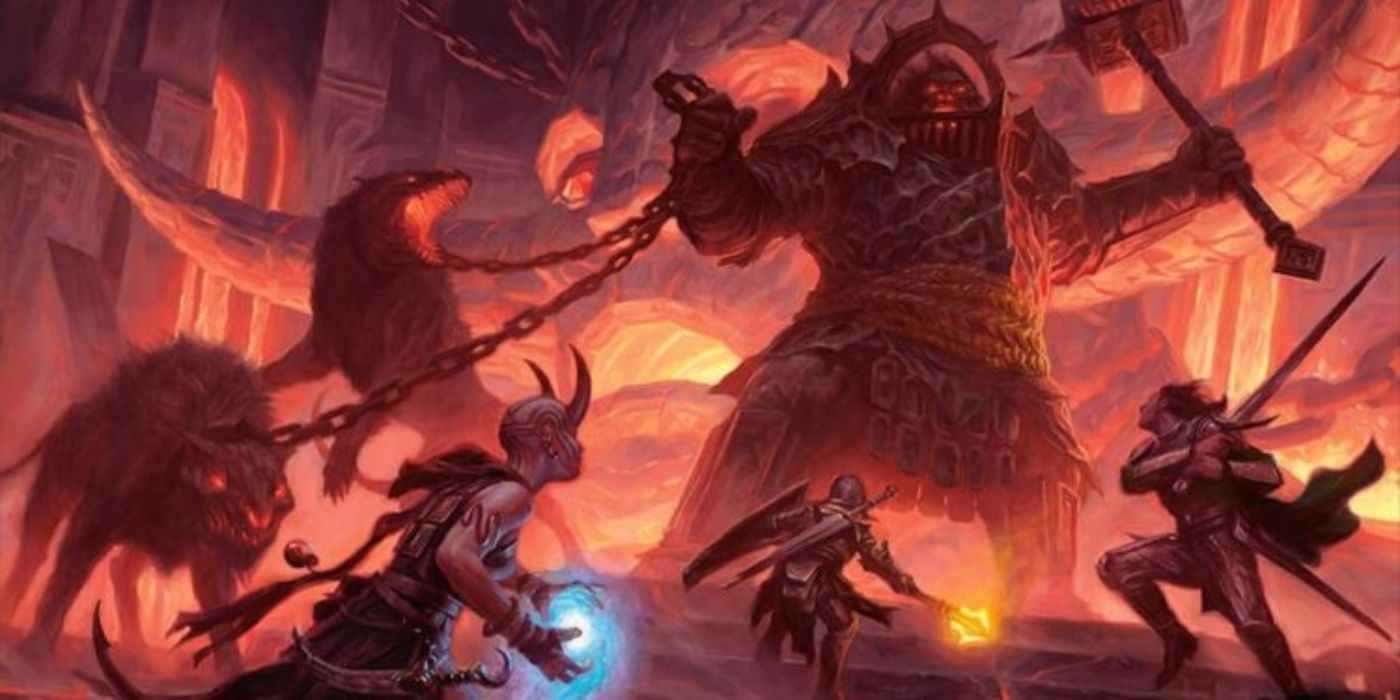
Related
Dungeons & Dragons: Tips For First-Time Dungeon Masters
DMing can be tough your first time around. But with any luck, these helpful tips should make it a smoother experience.
That is not to say that every single Dungeons and Dragons game has to be the same. Sometimes, DMs might want to run a game for their roommate, partner, or a sibling, reducing the number of players to just one. These games are excellent fun in their own right, and they can provide a great means of passing a lazy Sunday before the chaos of the workweek begins.
8
Host A Session 0 With The Player
Set Expectations With The Player To Ensure That Both Participants Are Happy And Ready
A session 0 is a vital part of any Dungeons and Dragons game, as it marks the time that the DM can propose what kind of campaign they want to run, be it a homebrew game in their own universe or one of the many pre-written adventures available. The players can then talk about what kind of characters they want to play and whether they fit with the themes of the game and, if not, how they could be a part of that world.
For a one-on-one game, it is even more imperative to organize a session 0, as there is going to be far more collaboration between the player and the DM in this type of campaign. With only one player, they could actually work with the DM and talk about what kind of world and story they might want to be part of, giving them more of a voice in the game. There could also be discussions about how the game could be balanced fairly. Examples of this could include giving the player an animal companion, another character to control, or the DM might even inject a player character into the story to aid them.
7
Grant Character Creation Bonuses
Ensure The Player Is Adequately Equipped For The Journey Ahead
It’s no secret that starting equipment in Dungeons and Dragons is rather lackluster. Oftentimes, players are granted the bare minimum, such as armor, a few simple weapons, and a measly few gold coins, which can be a necessary resource for those looking to get their hands on some more powerful weapons, enchantments, and potions to prepare them for the dangers ahead.
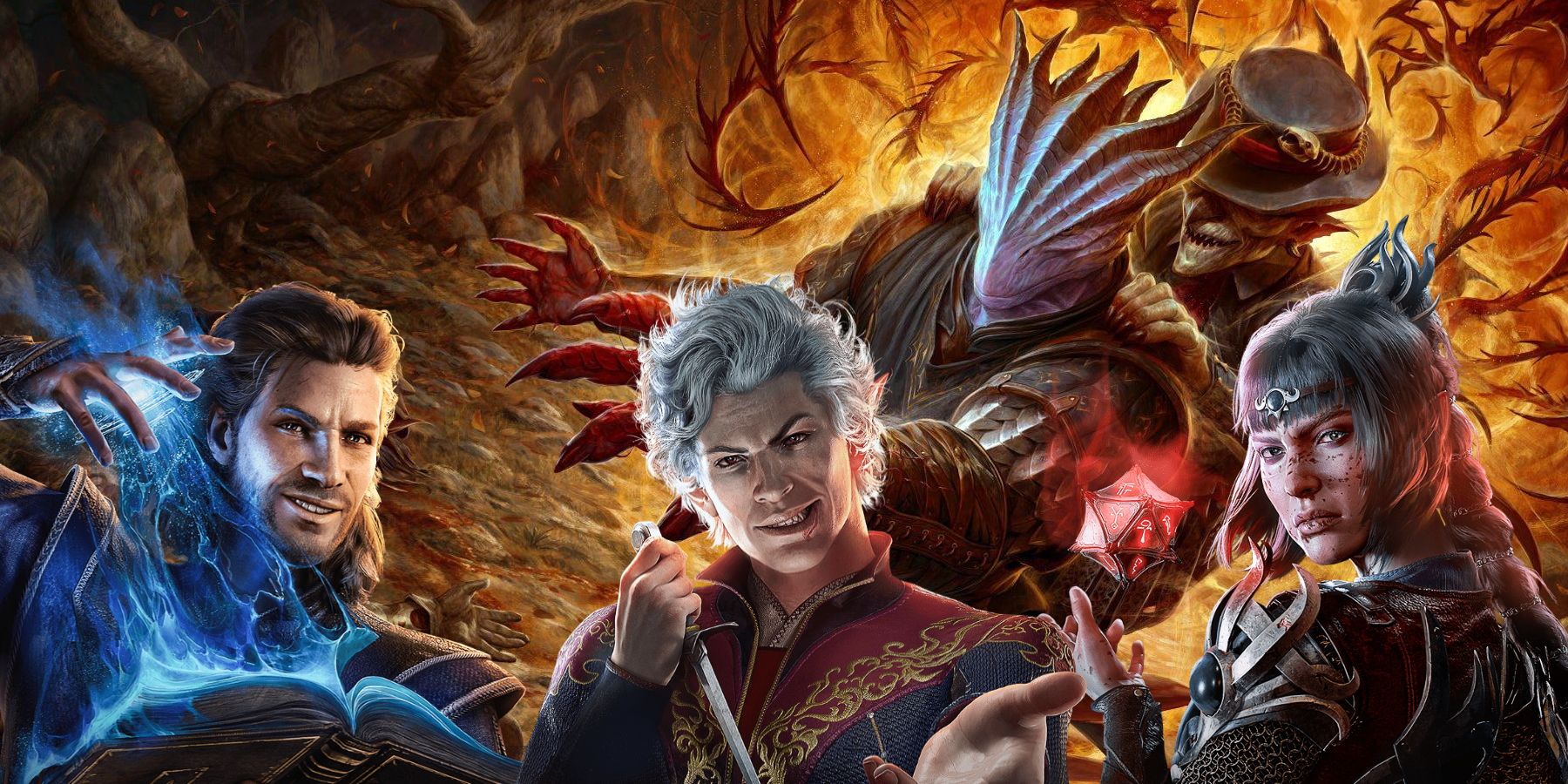
Related
Dungeons & Dragons: Tips For When You’re Stuck Making A New Character
Creating an entirely new character for a Dungeons & Dragons adventure can be hard work, but maybe these tips will help players find what they need.
As they will be dealing with a party of one, DMs could consider granting bonuses to the player’s equipment. On top of that, DMs could also offer more gold, a few potions of healing, or armor that has better stats. They could even consider granting the player a dormant magical item that can only be activated by an enchanter, or perhaps it could come alive during a moment of great need. This way, the player can feel more at ease when they set off for their adventure.
6
Start At A Higher Level
Skip The Dreaded Times Of Level 1 To Give The Player A Fighting Chance
Level 1 is perhaps the deadliest level for Dungeons and Dragons players, as they will have the least amount of health and resources at this point in a campaign. Even just a single goblin could one-shot the player if they just happened to roll higher on initiative, which would understandably be quite frustrating to deal with. At least as part of a group, D&D players have a fighting chance, but during a one-on-one game, level 1 could literally be a death sentence.
As such, DMs could consider starting the player at a higher level – perhaps even just to level 3 -, so they can gain access to their chosen subclass. Having more HP and actions could make a world of difference. Perhaps it could even prevent a premature ending to the campaign.
5
Find A Way To Balance The Combat
There Are Several Ways For The DM To Achieve This
With only one player seeking out a perilous adventure full of wonder, dungeons, and monsters, DMs need to devise a way to ensure that the player won’t be scraping through every fight with one foot in the grave. If this begins happening, the campaign could stop being fun and become all too stressful. As such, DMs need to find a way to mitigate the deadly nature of D&D combat for a single player without cutting out all tension and challenge. A good middle ground is a must.
The most obvious way is to simply cut back on the combat. This can be done by reducing the chance of random encounters, ensuring that players can pass the night peacefully every time they set camp, reducing the number of enemies in groups, or by adding a side-kick into the mix. The side-kick would be controlled by either the player or the DM, depending on their preference, and would definitely take some of the heat off in battle.
4
Consider Allowing The Gestalt Homebrew
Allowing The Player A Duel-Classed Character Makes Them More Of A Force To Be Reckoned With
Gestalt is a homebrew ruling that allows the players to take multi-classing to the extreme. That means that, rather than choosing to pick up one level in another class down the line, players get to choose two classes from the get-go, gaining all the strengths and benefits from both. For any features that overlap, such as HP, features, or spell slots, the player picks the more optimal from the two.
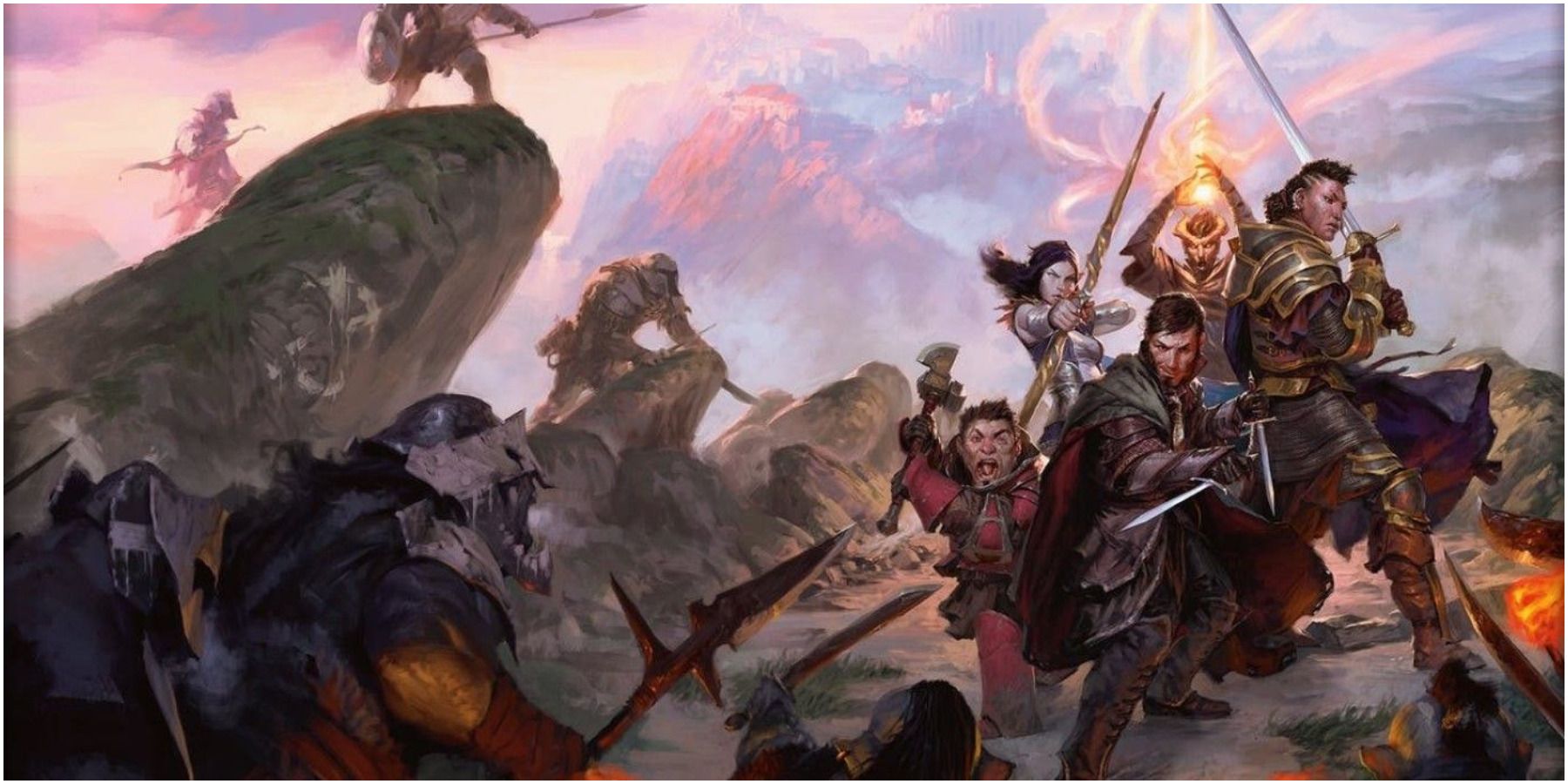
Related
The Best Homebrew Classes in Dungeons & Dragons 5E
Dungeons and Dragons’ Fifth Edition boasts an intimidating range of Homebrew content, so here’s the very best classes out there.
This results in an extremely powerful character who can fill more than one role, but since they will be the only player in the campaign, they will need not only to be just the jack of all trades, but also the master. This could erase the need of a DM character, allowing the player to remain the focus of the campaign.
3
Don’t Steal The Player’s Spotlight
Even In Times Of Intervention, The Player Should Remain The Hero
There will come a time when the DM will have to throw players a lifeline. This may be due to a combat encounter that was not balanced correctly ahead of time or perhaps a puzzle that has left them stumped. This will be an inevitability during a one-on-one game, too, and it might even be a situation that arises more than once.
This deus ex machina will save them much time, pain, and maybe even the unfortunate loss of a character, but there is also a risk that the player might suddenly feel as though they are not the hero, especially if this happens on more than one occasion. Even during the times they are saved, the DM could still choose to empower the player by having them repay their savior back, perhaps by sneaking them out of a goblin encampment or, by chance, finding them left for dead on the road. While the DM is also an important part of the game, the player should not be left to feel like a side character in their plot, as this may lead them to question why the powerful DM PC isn’t the one out there saving the world.
2
Abandon The DM Versus Player Mentality
Work With The Player, Not Against Them
In most basic terms of D&D, the player and the DM are more often than not on opposing sides. The DM rolls for hostiles, places sneaky traps, and confronts players with puzzles to hinder their progress. It’s all part of the good-natured fun in D&D, but this should not result in a rivalry that rears its head throughout the game, in which it feels like the DM is actually out to get the player. Death is a possibility, of course, but it should not be the goal of the DM, not even if they have grown disinterested in running the game.
As such, DMs should not feel as though they are going against the player. While challenging them, they should not become invested in their downfall; instead, they should cheer for the player’s victory, as their death will mean the death of the campaign that they are sharing with them. DMs don’t necessarily have to remain strictly on their side either, and if they prefer, they can imagine themselves as a neutral entity who is just retelling the story that they embarked on, holding no bias towards either side. In the end, it’s a game with a loved one that should not invoke negative feelings for anyone involved.
1
Review The Death Rules
Some Revisions Regarding Perma-Death May Be Needed
Granted, death is something that players knowingly risk when they sign up for a game of Dungeons and Dragons, as every combat scenario (and even some environmental hazards) can lead to the end of their character. While playing in a group, death mostly just leads to that player creating a new character to join the party at the nearest appropriate time. But for a one-on-one game, that technically counts as the dreaded TPK, leaving no heroes to continue their quest and ultimately ending the campaign.
As such, it might be worth the DM’s time to make their own alterations to the rules surrounding character death in their particular game. It could be that death works differently; the soul could find its way back to the body if they have unfinished work, or reincarnation could be used to bring the player back in a totally different body, allowing them to finish what they started in their last life. It could also be that the world is stuck in a time loop, which would allow the player to come back again and again until they have found a way to break the cycle. This way, death still has a place in the one-on-one campaign, but it won’t stop the game.
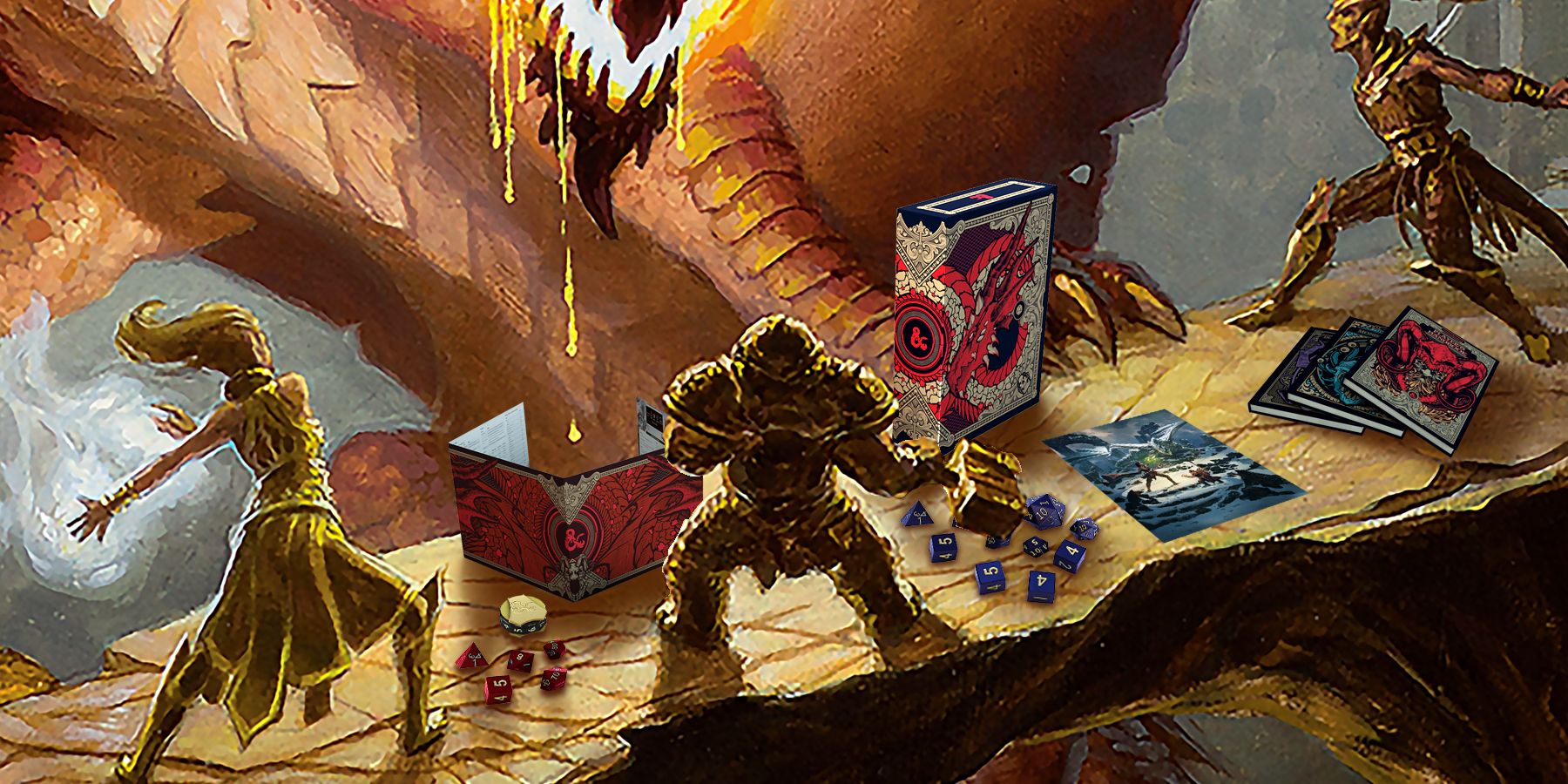
More
Dungeons & Dragons: Tips For First-Time Players
D&D can look intimidating to newcomers. Worry not — with these tips and tricks, you’ll be slaying dragons in no time.
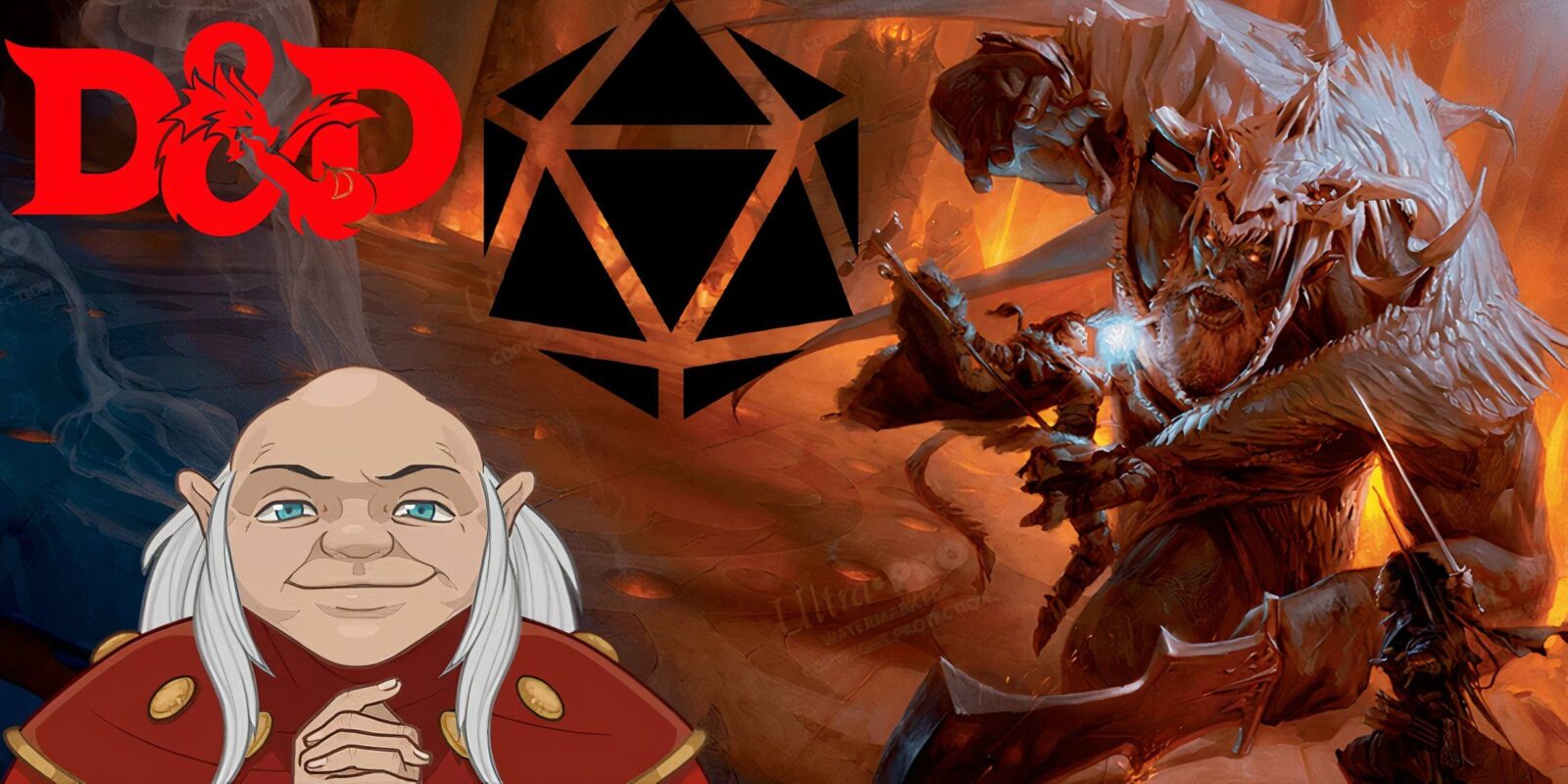
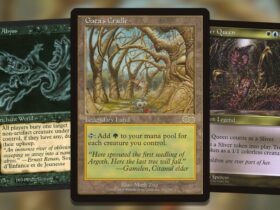


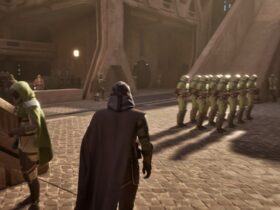
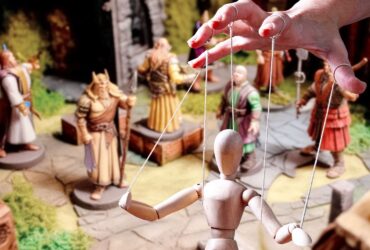
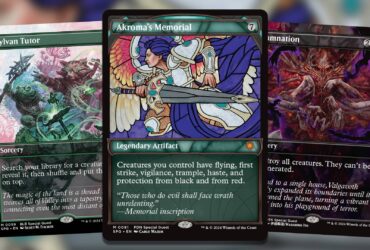
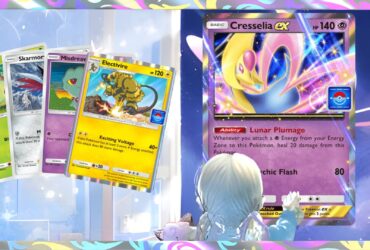
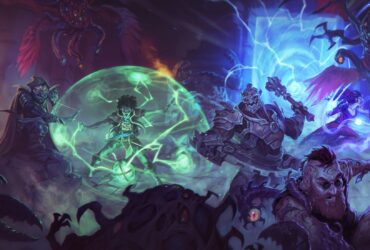
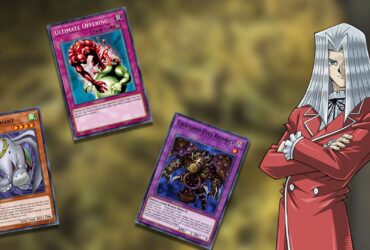
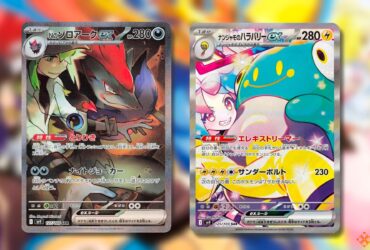
Leave a Reply